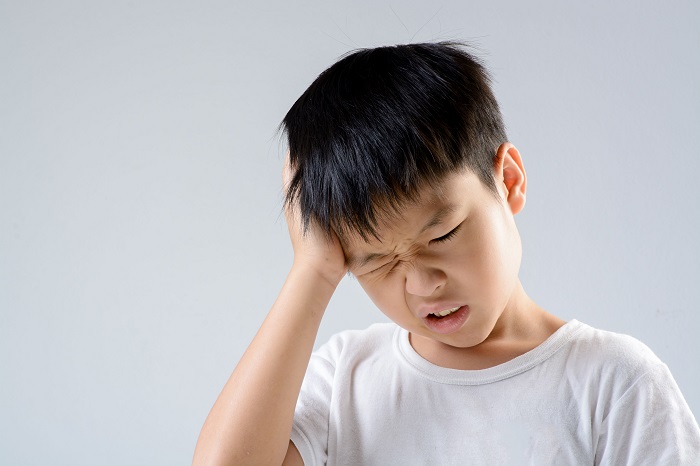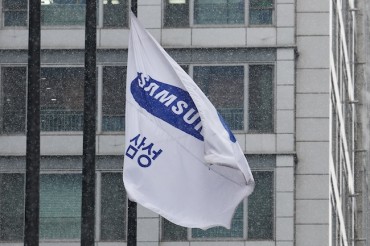
Korean children and teenagers typically experience headaches from an early age. (image: Korea Bizwire)
SEOUL, Jan. 24 (Korea Bizwire) — On the occasion of the 4th annual ‘Headache Day’, the Korea Headache Society released the results of a survey of 500 parents of children and teenagers who experienced headaches on Wednesday.
According to the survey, 57.2 percent of children who complained of headaches typically take painkillers ‘when a headache gets worse’, while 38.3 percent take medication ‘immediately when they get a headache,’ and 4.5 percent were not sure exactly they take medication.
When asked about the correct time to take painkillers, 44 percent said “painkillers should be taken when headaches get worse’, compared to 35.4 percent who said ‘painkillers should be taken right after getting a headache.”
“If you don’t take painkillers as soon as possible when a headache occurs, it will lead to stress,” said Kim Byung-kun, professor at Nowon Eulji Medical Center and chairman of the Korean Headache Society.
“This can eventually make the headache worse.”
Painkillers should be taken immediately when a headache occurs, and they usually help to relieve pain. It is better to take painkillers fewer than twice a week.
If headaches occur more than twice a week, it is better to seek professional treatment.
In addition, Korean children and teenagers typically experience headaches from an early age.
Among the children of the respondents, 37.8 percent experienced headaches for the first time ‘during elementary school’ (ages 8 to 13) and 30.2 experienced headaches ‘before elementary school’ (ages 4 to 7) compared to 17.4 percent in middle school (ages 14 to 16) and 14.6 percent in high school (ages 17 to 19).
As for the frequency of headaches, 37.8 percent said they had headaches ‘one to seven days a month,’ while 3.6 percent said ‘more than eight days a month,’ which would be an indication of chronic headaches.
Headaches have also disrupted daily life. Among the respondents, 71.8 percent said their children were absent, late, or had to leave school early for more than a day or could not participate in outdoor activities because of headaches.
In addition, 54.6 percent of respondents pointed out that stress from studying, parents and friendships was the cause of headaches.
Headaches in childhood have an impact on academic achievement and interpersonal difficulties due to a lack of concentration in class or regular absences. Parents and society should actively deal with this problem with concern.
In addition, 58.4 percent of children with headaches experienced migraine symptoms, but only 4.2 percent were diagnosed with migraines.
Migraines can last for as long as 72 hours, with pain accompanied by sensitivity to light, nausea, and vomiting.
Migraines can seriously impact quality of life and academic performance, and children suffering from them often fail to get an accurate diagnosis because the symptoms are varied and the child can’t explain them correctly.
D. M. Park (dmpark@koreabizwire.com)






